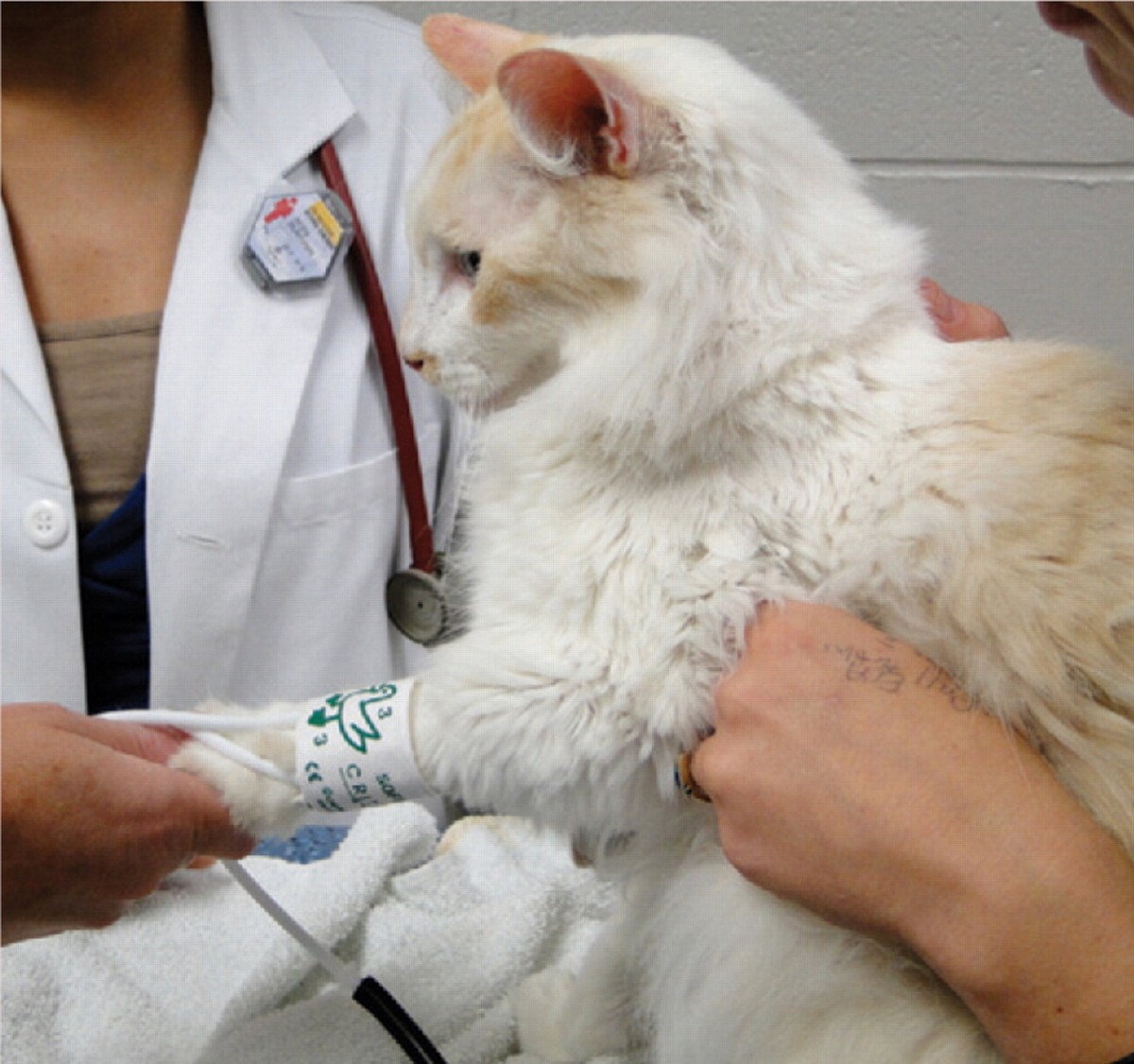The effect of obesity, weight reduction on cardiac structure and function in dogs
In people, the cardiovascular effects of obesity include systemic hypertension, cardiac remodeling and both systolic and diastolic dysfunction, whilst weight reduction can reverse myocardial remodeling and reduce risk of subsequent cardiovascular disease. To date, variable results have been reported in studies of the effect of obesity and controlled weight reduction on cardiovascular morphology and function in dogs.
This prospective study aimed to assess cardiac function, heart rate variability, cardiac biomarkers, and body composition before and after weight reduction in pet dogs with obesity.
Twenty-four client-owned dogs referred for weight management due to obesity were recruited. To assess the cardiac effects of obesity, body composition analysis (by dual energy X-ray absorptiometry, DEXA) and cardiovascular assessment (echocardiography, Doppler blood pressure, electrocardiography, cardiac biomarkers) were performed prior to weight management.
Twelve dogs completed the study and reached target weight, receiving a further cardiovascular assessment and DEXA. A Wilcoxon-signed rank test was used to compare each variable pre- and post- weight reduction.
Median (interquartile range) duration of weight loss was 224 days (124-245 days), percentage weight loss was 23% (18-31%) of starting weight. The median change in body fat mass was -50% (-44% to -55%; P = 0.004), whilst median change in lean mass was -7% (+ 1% to -18%, P = 0.083).
Before weight reduction, diastolic dysfunction (evidence of impaired relaxation in all dogs), increased left ventricular wall thickness and mildly elevated systolic blood pressure (14/24 ≥ 160 mmHg, median 165 mmHg (140-183)) were common features in dogs with obesity. However, systolic left ventricular wall dimensions were the only variables that changed after weight reduction, with a decrease in both the systolic interventricular septum (P = 0.029) and systolic left ventricular free wall (P = 0.017).
There was no evidence of decreased heart rate variability in dogs with obesity (P = 0.367), and no change in cardiac biomarker concentrations with weight reduction (N-terminal proBNP, P = 0.262; cardiac troponin I P = 0.657).
To summarize, canine obesity results in diastolic dysfunction and left ventricular hypertrophy, the latter of which improves with significant weight and fat mass reduction. The authors said that further studies are required to clarify the clinical consequences of these findings.
C Partington, et al. “The effect of obesity and subsequent weight reduction on cardiac structure and function in dogs." BMC Vet Res. 2022 Sep 20;18(1):351. doi: 10.1186/s12917-022-03449-4.














List
Add
Please enter a comment